Need some ideas
tngreenthumb
16 years ago
Related Stories
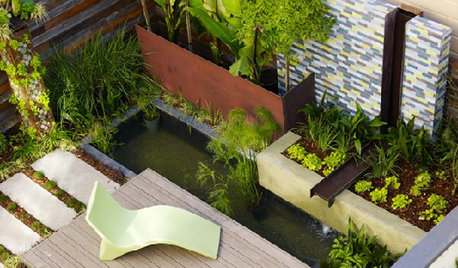
GARDENING AND LANDSCAPINGGive Your Small Garden Some Room
Make your small garden feel more like a room in your home with these time-proven ideas for landscape design
Full Story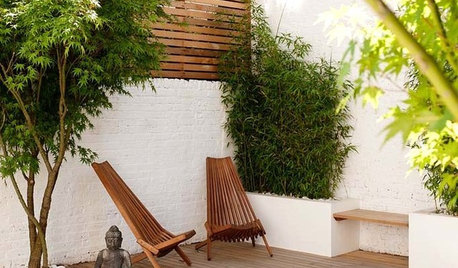
GARDENING AND LANDSCAPINGGive Your Compact Patio Some Major Style
11 ideas and examples to take your outdoor room from snoozefest to stellar
Full Story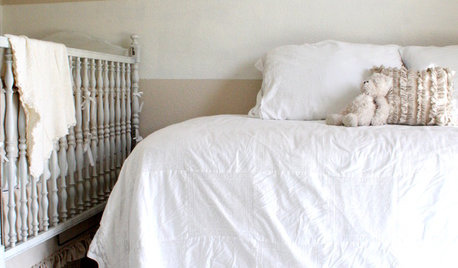
BEDROOMSCatch Some Zzzs in Your Baby's Nursery
Outfit your nursery with a cushy sofa or cozy daybed, and you'll be drifting off to dreamland right along with your little one
Full Story
EXTERIORSCurb Appeal Feeling a Little Off? Some Questions to Consider
Color, scale, proportion, trim ... 14 things to think about if your exterior is bugging you
Full Story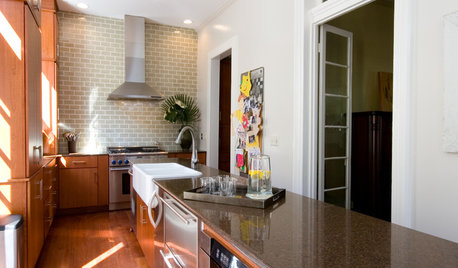
CEILINGSCeiling Fans: Some Spinning Sensations
How to Match Your Fan With Your Space and Keep Cool in Style
Full Story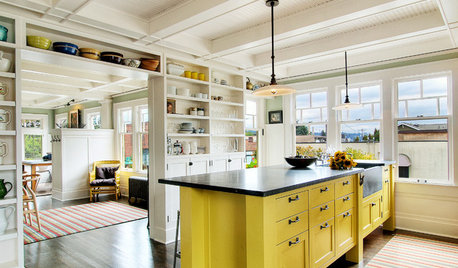
KITCHEN DESIGNHow to Lose Some of Your Upper Kitchen Cabinets
Lovely views, display-worthy objects and dramatic backsplashes are just some of the reasons to consider getting out the sledgehammer
Full Story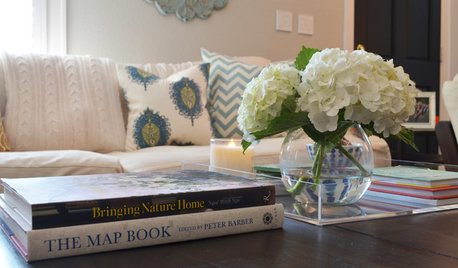
BUDGET DECORATING21 Free Ways to Give Your Home Some Love
Change a room’s look or set a new mood without spending anything but a little time
Full Story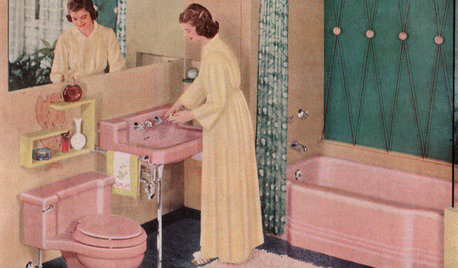
MOST POPULARHomeowners Give the Pink Sink Some Love
When it comes to pastel sinks in a vintage bath, some people love ’em and leave ’em. Would you?
Full Story
SHOP HOUZZShop Houzz: Dream Up Some ‘Wizard of Oz’ Style
The classic musical film comes to life with bold color palettes and whimsical, dreamy elements
Full Story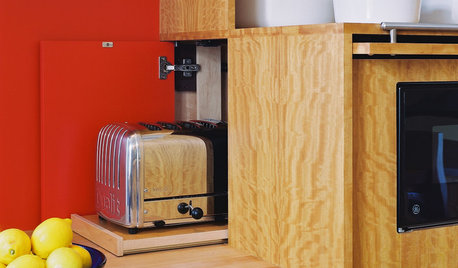
KITCHEN DESIGNIdea of the Week: Clear Some Counter Space
Tuck away the toaster for a clean look and easy access
Full StoryMore Discussions







thecitychicken
tngreenthumbOriginal Author
Related Professionals
Simpsonville Landscape Architects & Landscape Designers · Danbury Landscape Architects & Landscape Designers · Fort Lee Landscape Architects & Landscape Designers · Quincy Landscape Architects & Landscape Designers · Bethlehem Landscape Contractors · Edmond Landscape Contractors · Pelham Landscape Contractors · Arlington Landscape Contractors · Battle Ground Landscape Contractors · Biloxi Landscape Contractors · Gurnee Landscape Contractors · North Lauderdale Landscape Contractors · Goldenrod Landscape Contractors · La Mirada Solar Energy Systems · Roselle Park Solar Energy Systemsoakhill (zone 9A, Calif.)
dcarch7 d c f l a s h 7 @ y a h o o . c o m
tom_n_6bzone
birdwidow
ole_dawg
tdscpa
dirtbert
medontdo
birdwidow
tngreenthumbOriginal Author
tngreenthumbOriginal Author